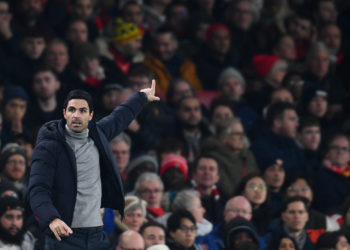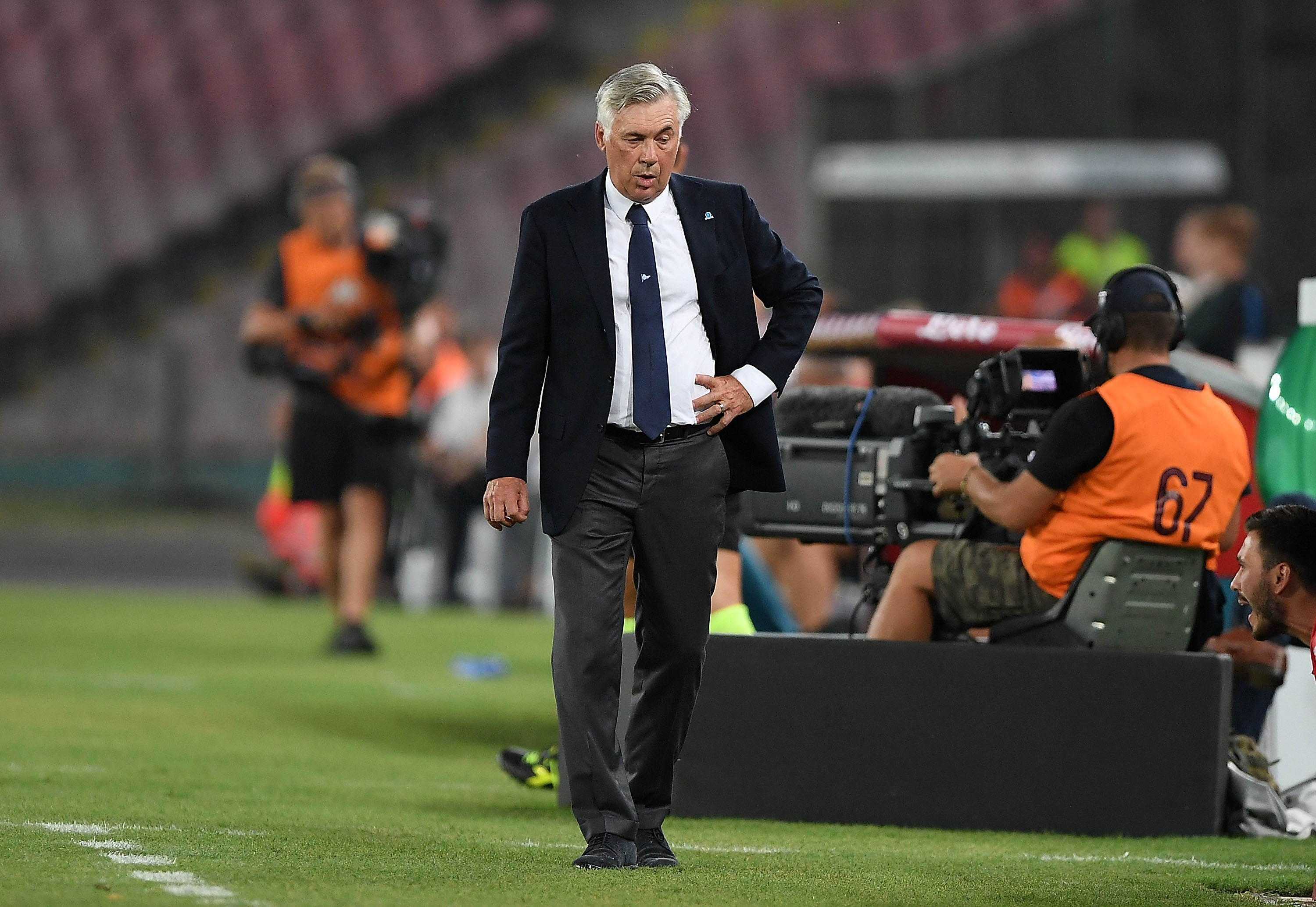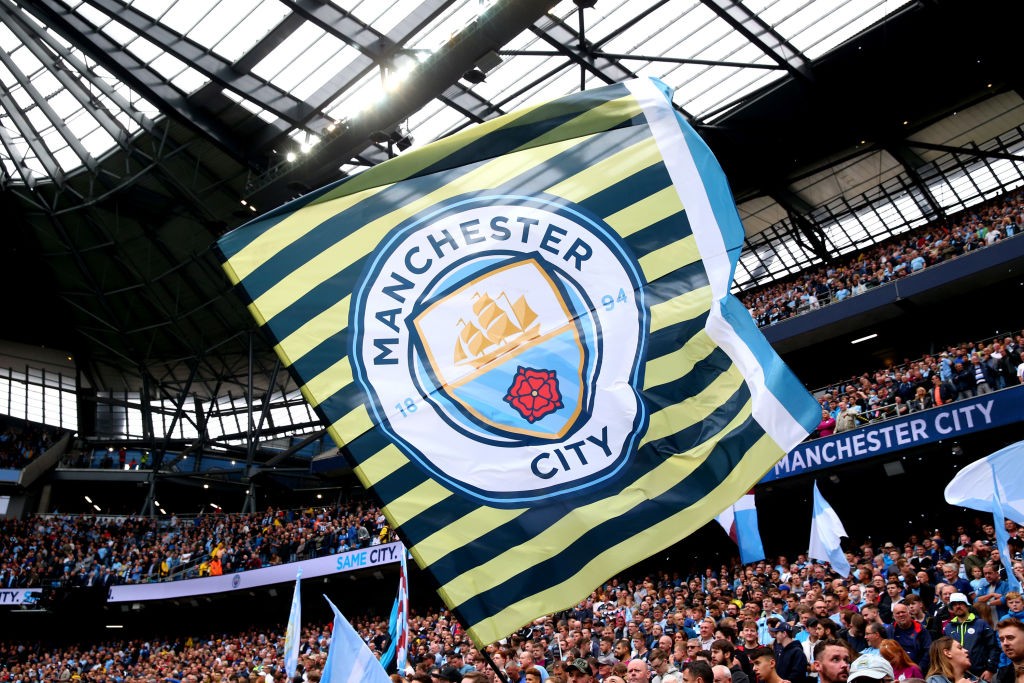You will be nearer to heaven through football than
through the study of the Gita
– Swami Vivekananda
This famous quote came much later, when football was already a staple food in the Bengali diet. No other club represented Indian football better than the famous Maroon & Green brigade from Kolkata. We are talking about Mohun Bagan Athletic Club – the oldest football club in Asia, the national club of India.
The Origin:
 It may sound strange in current circumstances, but Indian football culture outdates that of some of the established footballing countries. It started way back in the 1850s, where the natives saw the games being played by British army-men. Spreading awareness of football can be credited to one person – Nagendra Prasad Sarbadhichari, who took a pioneering role while he was a student of Hare School. He would set up numerous football clubs in 1880s starting with Wellington Football Club. As a consequence, football spread rapidly among the masses.
It may sound strange in current circumstances, but Indian football culture outdates that of some of the established footballing countries. It started way back in the 1850s, where the natives saw the games being played by British army-men. Spreading awareness of football can be credited to one person – Nagendra Prasad Sarbadhichari, who took a pioneering role while he was a student of Hare School. He would set up numerous football clubs in 1880s starting with Wellington Football Club. As a consequence, football spread rapidly among the masses.
In the late 1880s, a monumental event took place. In the area currently known as Fariapukur Lane in Kolkata, local youth set about establishing a place where they could regularly play their favourite game. This was done in the premises of a famous marble palace called “Mohun Bagan Villa”, owned by Kirti Mitra. A meeting was held which was presided over by Bhupendranath Basu, a well known lawyer. He & Jyotindranath Basu would be the first presidents of the newly formed club. In sync with the name of the palace, the club was named as “Mohun Bagan Sporting Club”. The date of foundation? 15th August, 1889. By a curious twist of fate, the national club of India would be founded on a date which would be the independence day of the nation several years later.
The club name was changed to “Mohun Bagan Athletic Club” on the recommendation of F.J.Rowe, an eminent professor. The club followed stringent regulations in accepting new members. Still in its nascent stage, Mohun Bagan played its first tournament, Coochbehar Cup, in 1893. Success would elude them for a while.
Early Successes:
In 1904 the trophy drought would end. Bagan would lift the first of many trophies, by winning the Coochbehar Cup. They would repeat the feat in 1905 and the Maharajah of Coochbehar, impressed by the team, would become a chief patron. More success followed in 1906; Coochbehar Cup, Trades Cup & Gladstone Cup were captured. Trades Cup success was repeated in 1907. In 1908, the feat of 1906 would be matched with same three trophies. Bagan became the first team to achieve a hat trick of success in the highly prestigious Trades Cup.
In 1909, the team was awarded for its consistent performances. They were invited to play in the IFA Shield. However, the team would struggle to match the British regiment teams in the first two years. The success in other tournaments continued unabated. A 4th Trades Cup was won in 1909. Lakshmibilas Cup, Nawab Asanullah Challenge Shield and Bengal Gymkhana Shield were won in 1910. However, the team’s struggles in the coveted IFA Shield were a thorn in the side of the management.
Finally, the IFA Shield is coloured green & maroon:
It’s difficult to imagine how big the Shield was in yesteryears. In order to achieve the elusive trophy, Shibdas Bhaduri, a legendary player, was given the job of assembling a team which would mount a title challenge. Ten barefooted Bengalis had to better booted British players. Only one of the Bagan players, Reverend Sudhir Chatterjee wore boots. This was the start of a fairy-tale journey.
The much anticipated campaign began on 10th July, 1911. Bagan’s first opponents were St Xavier’s college. Bagan breezed past the highly rated opponents, beating them 3-0.
Next up, on 14th July, was Rangers Football Club (not to be confused with Rangers FC of Glasgow). Bagan began with a flourish, going up 2-0. Rangers tried to come back into the game & were awarded three penalties, but Bagan custodian Hiralal Mukherjee rose to the occasion. His remarkable performance included three saved penalties. Mohun Bagan eventually won 2-1. On 19th July, Bagan faced Rifle Brigade. A 1-0 win secured semi-final passage.
The progress of an Indian football club got noticed and on 24th July, a considerable crowd gathered in the Dalhousie Ground to see Bagan take on 1st Middlesex Regiment in the semi-final. The first game ended in a 1-1 draw. Since there were no tie-breakers in those days, a replay was arranged on 26th. In the replay Shibdas Bhaduri, Habul Sarkar & Kanu Roy scored goals to seal a 3-0 win. Mohun Bagan was set to face East Yorkshire Regiment in the final.
29th July, 1911 – a day to remember:
All roads led to the Calcutta Football Ground on that day. Special trains were arranged to help the commuters. An astounding figure of 80,000 people was reported to have gathered for this game. And there was no football gallery either! Only a fraction of the people actually watched the game. The match started at 5.30 PM. The crowd would be disappointed in the first half. Jackson scored from a free-kick; the score read 1-0 in favour of the British at half-time. The people who couldn’t watch the game were informed by flying kites with scores written on them. Spurred by the enthusiastic crowd, Bagan finally achieved parity; through none other than Shibdas Bhaduri. Two minutes before the game ended, Abhilash Ghosh tore into the Regiment’s defense & scored a fabulous winner.
History had been created. This was not just a win on the field; this was a symbolic victory over the oppressors. A team of “natives” had embarrassed the mighty empire. The players were heroes; they were deservedly lauded as the “Immortal XI”. The players were carried on shoulders of the human wave which carried them from Maidan to Shyambazar. Religion, cast, creed was forgotten in celebrations. Legend has it, that when the procession was passing in front of Fort William, a Brahmin came, pointing to the Union Jack, he asked “when will you bring it down”. Shibdas Bhaduri replied, “When we win the Shield again”. Curiously, the second Shield was won in 1947.
Hiralal Mukherjee (Goal)
Bhuti Sukul (Right-back)
Sudhir Kumar Chatterjee (Left -back)
Manmohon Mukherjee (Right-half)
Rajendranath SenGupta (Center -half)
Nilmadhab Bhattacharya (Left-half)
Jatindranath Roy (Kanu) (Right-out)
Srischanda Sarkar (Habul) (Right-in)
Abhilas Ghosh (Centre-forward)
Bijaydas Bhaduri (Left-in)
Shibdas Bhaduri (Left-out)
The club received universal praise. The Manchester Guardian wrote on 4th August:
“A team of Bengalees won the Football Association Shield in India after defeating the crack teams of three British Regiments amidst the applause of 80,000 of their countrymen. There is no reason of course to be surprised. Victory of association football goes to the side with the greatest physical fitness, the quickest eye, and the keenest wit.”
Mohun Bagan’s first IFA Shield win is unarguably the greatest hour for the club. It is still remembered with great pride & fondness. A Street in North Kolkata would be named after Shibdas Bhaduri – the lynchpin of the Immortal XI.
Mohun Bagan & Indian football would never be the same again….
(Part 2 to follow)




